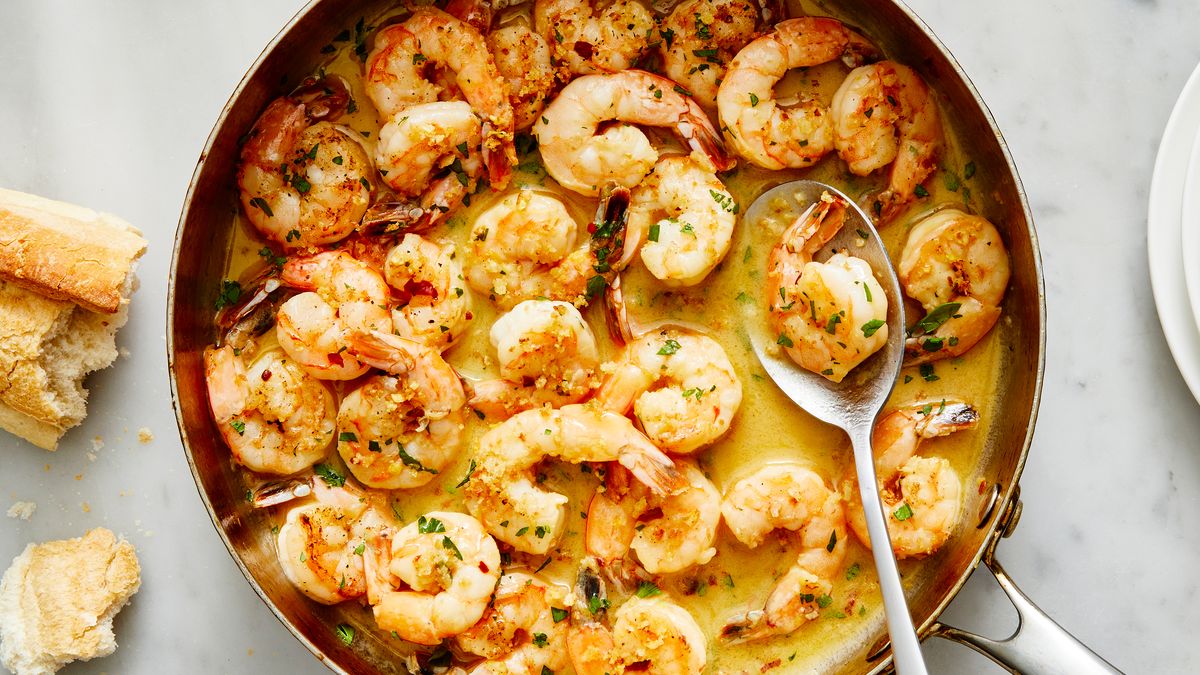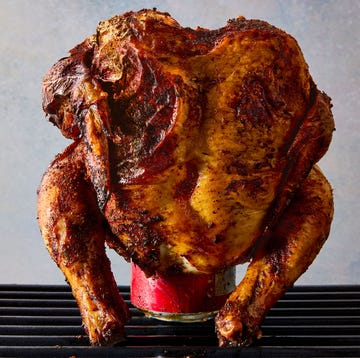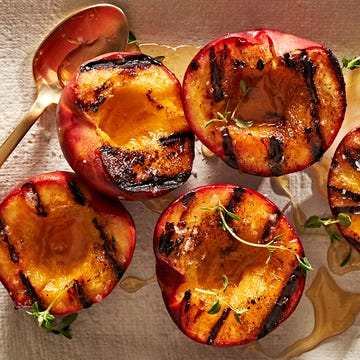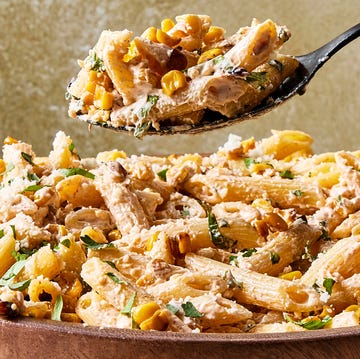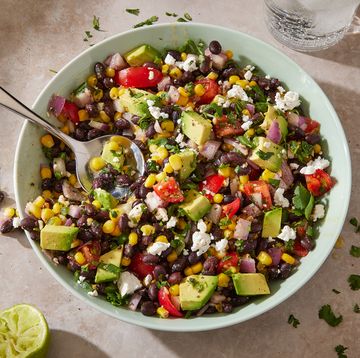Onions are among the most commonly used pantry staples: According to the National Onion Association, the average American eats 20 pounds per year. While these savory stars of soups, stews, stir-fries, and more belong to the allium family, not all alliums are the same. Each exhibits subtle—or significant—differences in appearance and flavor. Some are excellent when eaten raw, others are great for pickling, and many shine best when cooked. Let's break down the differences.
Yellow Onions
Turn to this all-purpose pick for sautéing, braising, or caramelizing. I use yellow onions in almost every dish that calls for cooking onions. It's not typically an onion you’d want to consume raw, as it’s grown in high-sulfur soil and has a sharp pungency. It has a deeply golden skin on the outside and off-white flesh. It’s easily accessible, fairly priced, and a great substitute for a Spanish onion. They're delicious baked into bloomin' onions, stirred into fried rice, or slow-cooked into beef stew.
Red Onions
In a hypothetical fashion show featuring onions, flashy red onions would take center stage. They have a sharper flavor than yellow onions, but they're more crisp and enjoyable raw. I love them in salads and ceviche, as a crunchy garnish on papdi chaat or chili cheese dip, lightly grilled for a veggie kabob, or pickled in a simple vinegar solution (which will brighten them into a jazzy magenta). This variety is also one of the sweetest, especially when roasted, grilled, or transformed into a jammy caramelized spread. If you don't have red onions on hand, reach for shallots instead.
White Onions
I adore white onions. Given their flexibility, they're the ones I rely on (obsess over?). I'm not alone; cuisines worldwide lean on them for everyday use. Their mild but complex flavor can be a good raw addition to burger sauces or melted into chicken curry. White onions are also frequently used in a lot of Mexican dishes like guacamole, salsa, and huevos rancheros without issue. In the size category, white onions range from small to quite large.
Spanish Onions
They're often confused with yellow onions or vice versa. In truth, they're a subtype of the yellow onion, but not exactly the same. They grow in soil with lower sulfur levels, which contributes to their milder flavor compared to yellow onions. These onions also sport deeply golden skins and off-white flesh. They are typically larger than their yellow cousins but can be used interchangeably.
Sweet Onions
Walla walla, Maui, Texas Sweet, and Vidalia are the most popular types. Vidalia onions—authentic Vidalia onions—must come from the state of Georgia. They’re hard to miss, given their rounded, squat appearance and slightly golden skin. In fact, most sweet onion varieties are typically lighter on the outside than yellow onions. Sweet onions really shine when eaten raw: Slice some up for a watermelon salad, dress them with a yogurt vinaigrette in a cucumber salad, or just slice them into wedges and use each petal to dip into creamy garlic hummus in lieu of pita chips.
Shallots
Shallots live in a little world of their own (they were actually classified as a separate Allium species from onions until 2010). Grown in clusters or bulbs similar to garlic, they are a type of onion with a dainty appeal. They are light purple on the outside and have a delicate nuance compared to more dominant onions. They do well minced and mixed into vinaigrette, toasted with ginger and garlic and simmered into coconut curry chicken, or fried into fragrant shallot chips to use as a topping for anything.
Scallions or Green Onions
Scallions, also known as green onions, are long, slender stalks that should not be used as substitutes for yellow, sweet, white, or red onions. They are sold in bunches and are typically consumed raw. In recipes that use green and white parts, the green is often reserved for garnish, while the white is used for cooking. The green part has a milder flavor, making it ideal for salads, soups, dumpling fillings, and scallion pancakes. Always ensure you clean scallions thoroughly.
Leeks
I consider leeks to be among the most prestigious of the onions. They come in skinny or large bunches of 2 to 3 and tend to be on the pricey side. The green fibrous end of the stalks is inedible but great in broths. The white end of the stalks is tender when braised or sautéed for a long time. Like scallions, leeks are a stalky onion that hides dirt well, so make sure to clean them thoroughly.
Are They Interchangeable?
To a certain degree, yes. They are members of the same species—but just like people, different onions possess different qualities. They have different tastes and textures that will affect the outcome of your meal. In a pinch, most of the time, substituting a different onion won't make or break your dish.
Other Onion Relatives
Relatives of the cultivated onion include garlic, chives, and pearl onions.
Pearl onions are a completely different species of alliums known as Allium ampeloprasum, which also encompasses elephant garlic and leeks. They are often found in the freezer aisle, already trimmed and peeled, cute as a button. With a much milder flavor profile, they are much more snackable and great for adding to roasted veggies, stir-fries, or stews. If you're ever lucky enough to find them fresh and unfrozen, they are perfect for bloomin' onion bites.
Onion Storage Tips
Choose onions that look smooth, have healthy skins attached, and have no soft spots. Keep them in a cool, dry place, either in an unsealed brown paper bag or in a basket. Once cut into, peel completely, store in an airtight container in the refrigerator, and try to use them within seven days.









